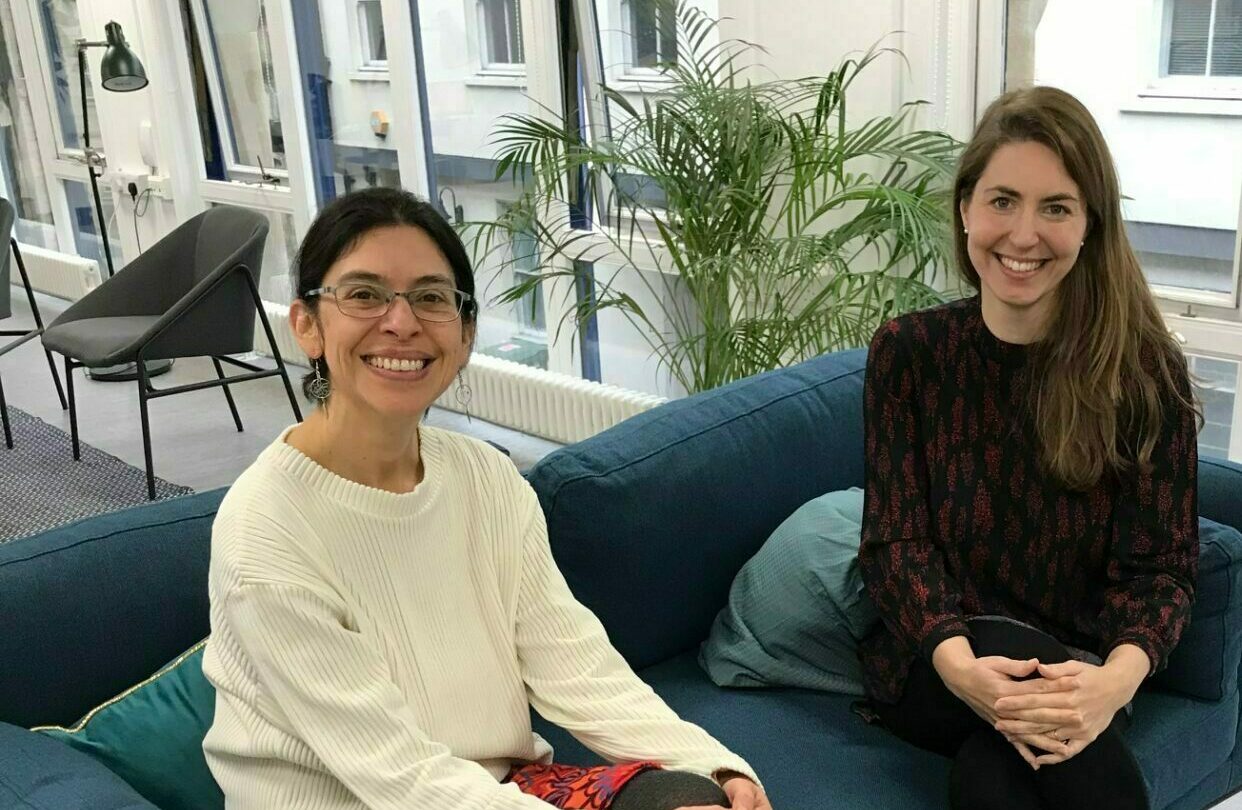Bridging Sonic Immersion & Critical Learning in an Interactive Resource from Bath
Studio Residents Dr Emma Pauncefort and Dr Ximena Alarcon share their experience working on an immersive learning resource, which was created in collaboration with Bath Spa University’s Careers and Employability team.
‘Part of being prepared for the modern world’, states a 2019 CBI report [1], ‘is being prepared for the modern workplace’. Yet, as the report later relays, 44% of young people currently at school, college or university feel unprepared to move into the world of work. And that was before Covid-19 hit – a global pandemic seemingly without end that has seen the already rickety bridge between the world of education and the world of work crumble further.
Cue the Bath Spa University Careers & Employability team and their key initiative of creating immersive environments to support students and deliver civic impact. The team approached The Studio in December 2020 with the vision and ambition to tackle the gap between learning and working head on.
Fast forward past lockdowns and cancelled Christmas’ to 2021 and we had created an exciting team to develop the concept of ‘immersive employability’ and realise it in an interactive prototype.
In the initial research phase, we worked with fellow Studio residents Joseph Wilk (Digital Artist) and Dave Webb (Creative Technologist and Digital Artist). In Phase 2, we were joined by Martin Chiffers (Digital/Visual Storyteller, BSU) and recent BSU graduate and programmer Kieran Harte. Having identified synergies between our backgrounds in sound design and critical literacy, we proposed a digital resource bringing together storytelling, audio, visuals and scaffolded critical questioning. The result: the ‘First Day at Work’ resource, a prototype resource immersing students in an experimental learning experience to develop better work preparedness.
Propelled by our vision to develop an impactful resource, we pinned down learning objectives early on. These were to develop the personal attributes required for students to become ready for the world of work: confidence, awareness, resilience and curiosity. From the outset, we identified the power of sonic immersion to engage students in a meaningful exercise of ‘active learning’ [2].
We started our research by interviewing a BSU student about his recent experience in the world of work. We asked him to reflect on his listening experiences and interaction with people and machines in the workplace, including professional and social challenges that he faced. He took us on a journey with emotions and scenarios that helped us to identify key moments for the storyboard. We were particularly struck by his feelings of insecurity about ‘spoiling’ something technical, and socialising with colleagues at lunchtime, as well as his memories of the pounding presence of photocopiers!
We created the first prototype using a wireframe imagining a user journey through these scenarios. A test of interactive integration of one scenario was developed in the platform Twine, exploring sonic immersion, as well as text and navigation. Having agreed on the number and concept of scenarios, we developed a script with details including text, image and background sound for each scenario, and the ‘voice of the guide’. The characterisation of the voice was to be someone who has already lived the experience; this would serve as a stimulus for students as they decided how to overcome different challenges. We developed sound as a driving role in the immersion with a minimum of animation to come from the visuals – this was our invitation for students to engage in ‘audiation’ (imagination through sound). For interactive assemblage, we used HTML and Javascript, and included usability options for a text display of the voice of the guide. We implemented interactive accessible choices such as captioning and the option to toggle sound on and off, and explored sound, text and visuals to deliver an experience of immersion.
With a hi-fidelity prototype including 3 scenarios now deployed, we await students’ feedback on learning objectives and sonic immersion to inform the future development of the resource.
Meanwhile, with another difficult pandemic year behind us, we are celebrating the opportunity to find synergies in our work and collaborate on a tool that scales solutions to that perennial problem of bridging the gap between education and the ‘real world’.
Authors:
Dr Emma Pauncefort (Learning Science Practitioner | Founder of education consultancy, Dilectae)
Dr Ximena Alarcon (Sonic Migrations Artist)
EndNotes
1: Confederation of British Industry, “Getting young people ‘work ready”, June 2019 https://www.cbi.org.uk/media/2960/cbi_work-readiness.pdf
2: See Richard Meyers’ work for the distinction between ‘behavioural’ and ‘cognitive’ activity -. Jennifer Gonzales of Cult of Pedagogy fame also has superb insights to share on this topic.
